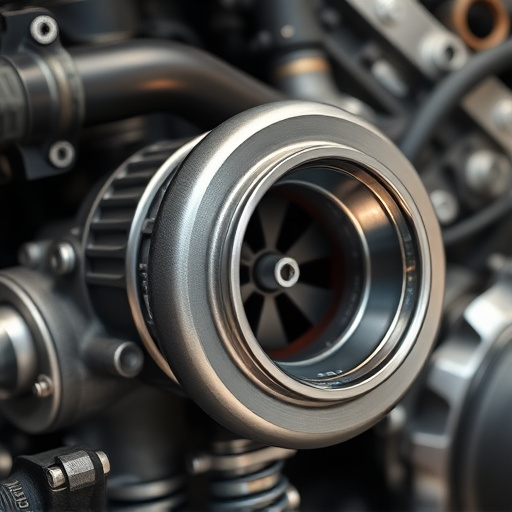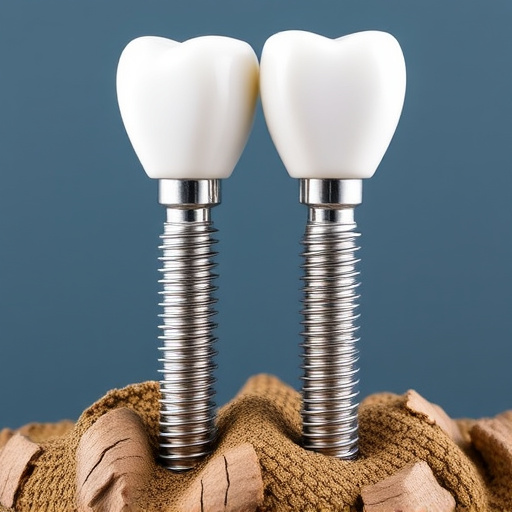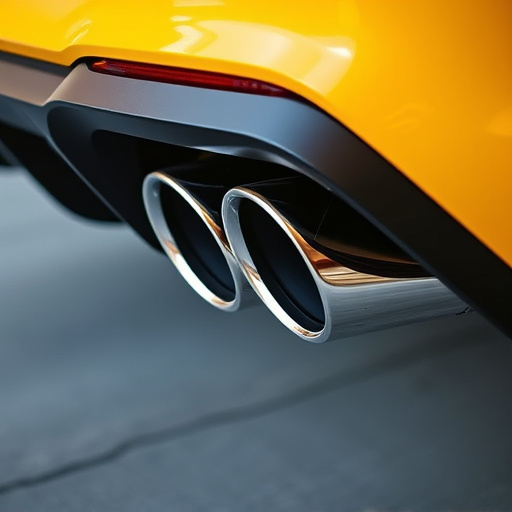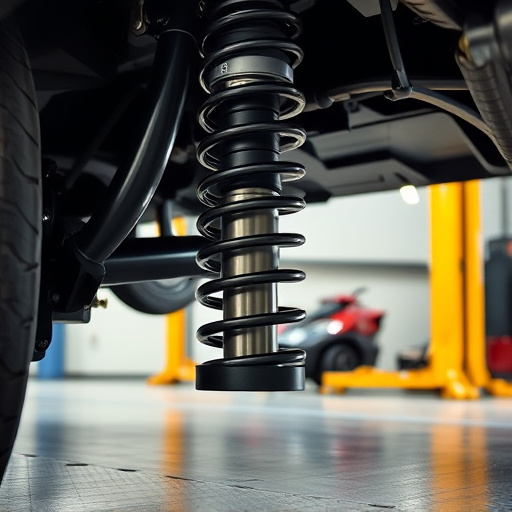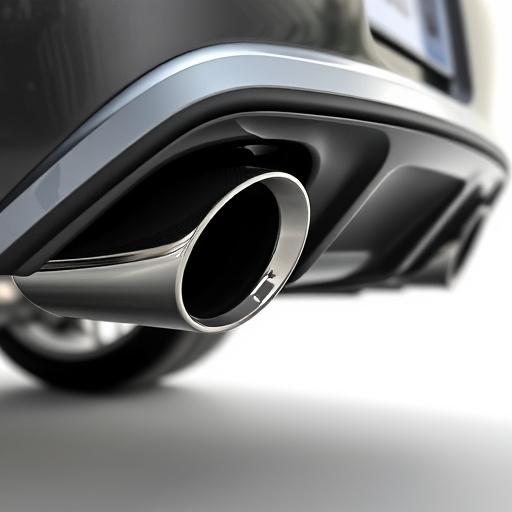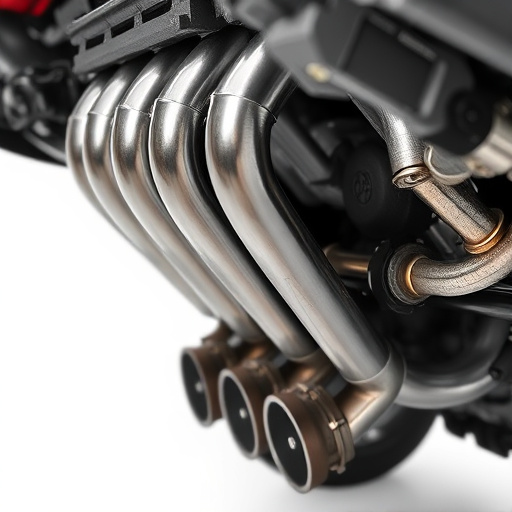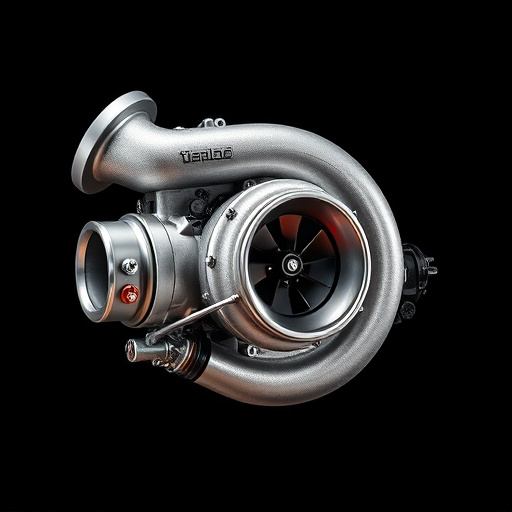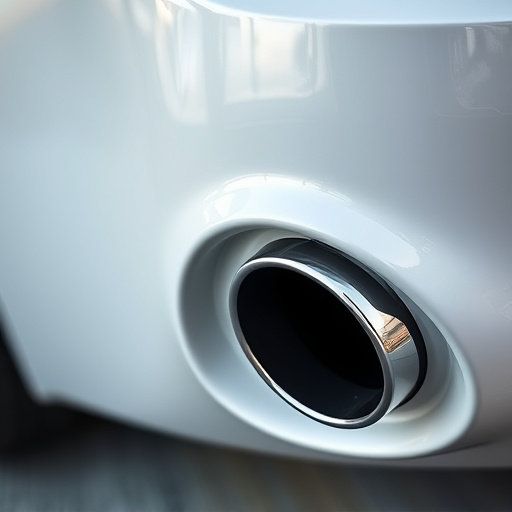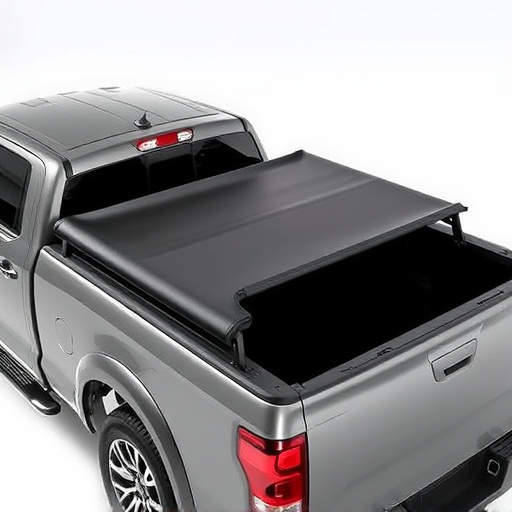Suspension binding caused by worn control arms negatively affects vehicle performance and safety. Upgrading to high-quality control arms resists binding, improves suspension, reduces tire wear, enhances handling, and quiets noises. Pairing this upgrade with other suspension or brake components amplifies benefits, enhancing dynamics and driver satisfaction through better cornering, stability, and responsiveness on various driving conditions.
Many vehicle owners face suspension binding issues, caused by worn or damaged control arms. These problems lead to bumpy rides, reduced handling, and safety hazards. Understanding these issues and their root cause is crucial for maintaining a smooth drive. This article explores the role of control arms in your vehicle’s suspension and highlights how a simple yet effective control arm upgrade can eliminate these common problems, enhancing both performance and safety.
- Understanding Suspension Binding Issues in Vehicles
- The Role of Control Arms in Suspensions
- Benefits and Process of Control Arm Upgrade
Understanding Suspension Binding Issues in Vehicles
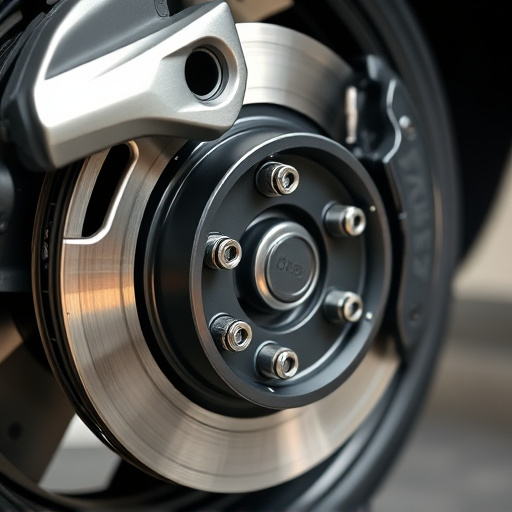
Suspension binding issues are a common problem faced by many vehicle owners, often leading to a less-than-smooth ride and potential safety hazards. These issues arise from the interaction between various suspension components, particularly in areas where parts rub against each other during movement. One of these critical components is the control arm, which connects the wheel to the vehicle’s chassis. Over time, wear and tear can cause the control arm to bind, resulting in uneven tire wear, reduced handling, and even increased noise while driving.
A control arm upgrade offers a straightforward solution to this problem. By replacing the stock control arms with high-quality upgraded versions, drivers can expect improved suspension performance. These upgrades often feature enhanced materials and precision engineering, ensuring better resistance to binding. In addition to addressing control arm issues, vehicle owners may also consider other suspension upgrades, such as installing suspension kits or improving brake rotors, to further enhance overall vehicle dynamics and driving experience.
The Role of Control Arms in Suspensions
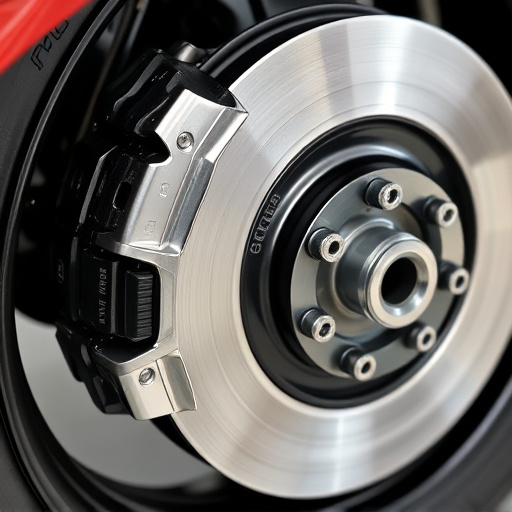
Control arms are a crucial component within a vehicle’s suspension system, acting as a connection between the chassis and the wheels. They facilitate smooth movement, ensuring proper alignment and allowing for the optimal transfer of forces during driving. In many vehicles, especially those with sporty or high-performance characteristics, control arms are subject to intense stress and strain. Over time, this can lead to issues like suspension binding, where the control arms become stiffened or misaligned, resulting in reduced handling capabilities and a rough ride.
A control arm upgrade is an effective solution to address these problems. By replacing stock control arms with high-quality, performance-engineered alternatives, vehicle owners can expect improved suspension geometry and enhanced vehicle performance. Upgrading to sturdier control arms, often paired with coilover kits or performance air filters, ensures better weight distribution and allows for tighter cornering, making the drive more responsive and enjoyable.
Benefits and Process of Control Arm Upgrade
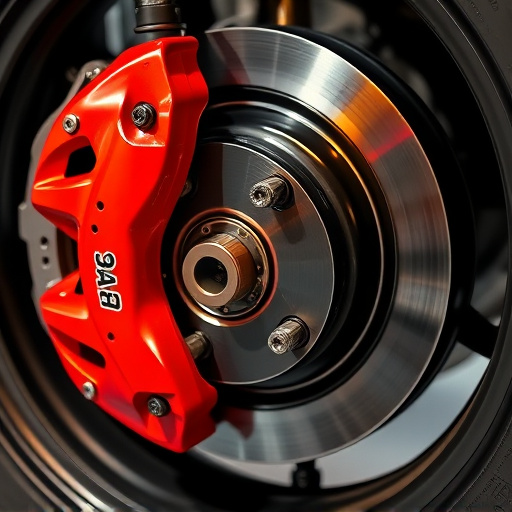
A control arm upgrade is a straightforward yet powerful solution for many vehicle owners experiencing suspension binding issues. This relatively simple process involves replacing the factory-fitted control arms with high-quality aftermarket alternatives designed to enhance stability and reduce friction. By investing in a control arm upgrade, drivers can expect several significant benefits, including improved handling and reduced body roll during cornering. This enhancement is particularly beneficial for those who frequently drive on winding roads or participate in track days, as it allows for better control over the vehicle’s dynamics.
The process of installing a control arm upgrade is relatively straightforward and can be performed by many automotive enthusiasts with basic mechanical knowledge. It typically involves removing the old control arms and replacing them with new ones that are precisely engineered to fit the vehicle’s suspension system. This upgrade often goes hand in hand with other suspension components, such as upgraded struts or shock absorbers, to create a comprehensive tuning solution. Much like how muffler tips can enhance exhaust performance, a control arm upgrade focuses on optimizing the vehicle’s steering and stability, ensuring a smoother and more responsive driving experience, especially when navigating challenging terrain or high-performance scenarios involving intake components.
A control arm upgrade is a simple yet powerful solution for eliminating suspension binding issues. By replacing worn-out or damaged control arms, vehicle owners can significantly improve ride quality, enhance handling, and ensure their suspension system operates efficiently. This cost-effective modification is a game-changer for those seeking to optimize their vehicle’s performance and comfort.
